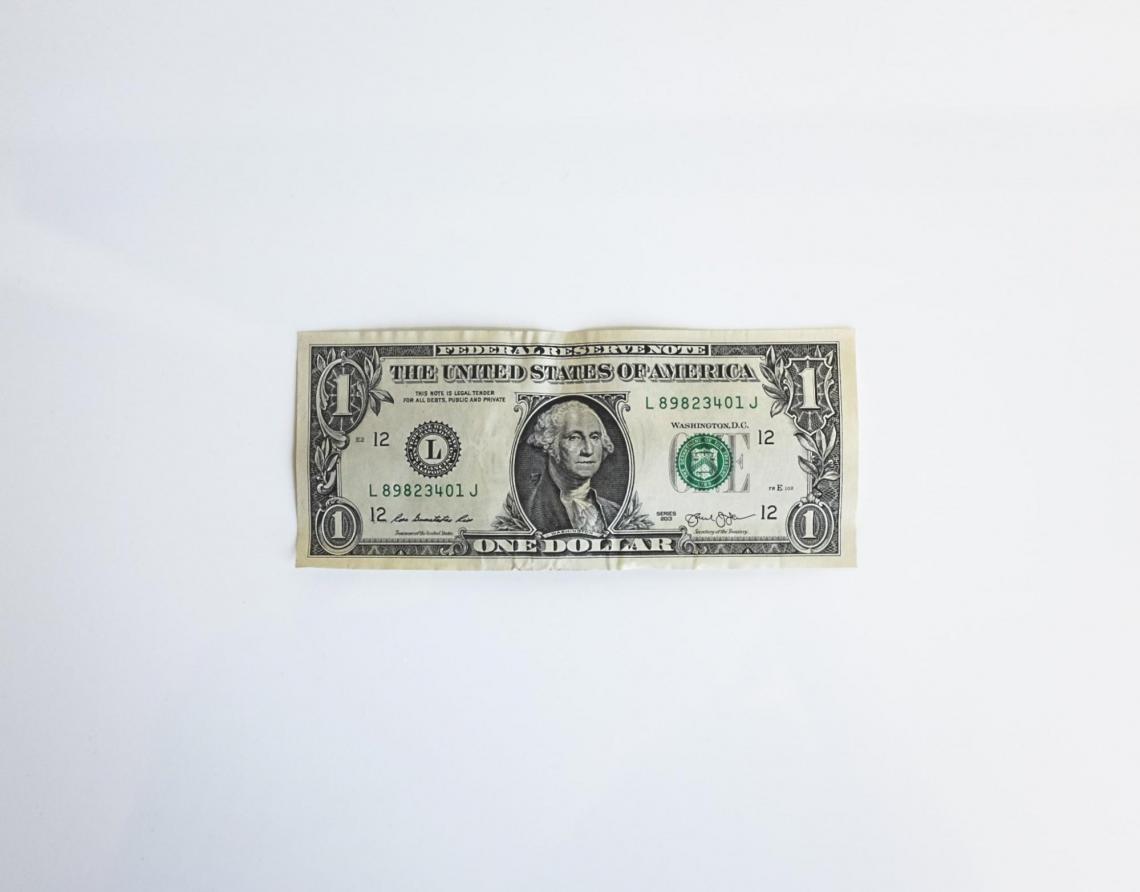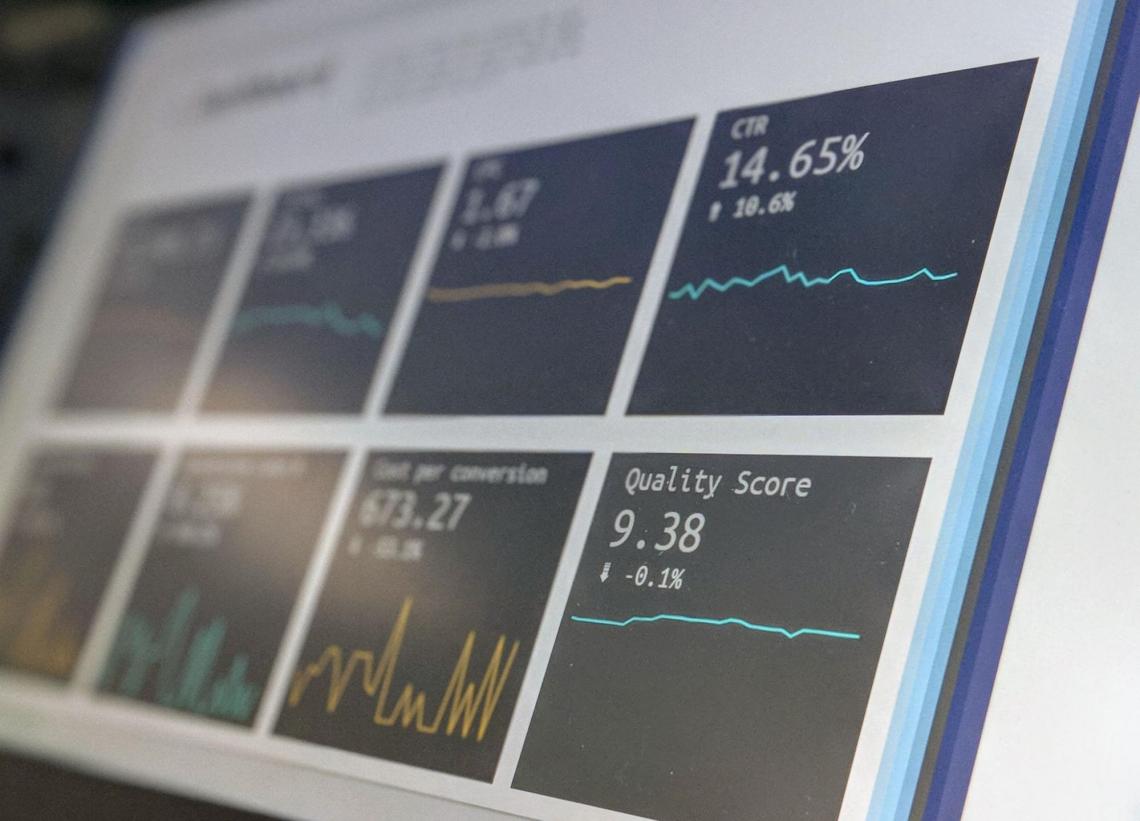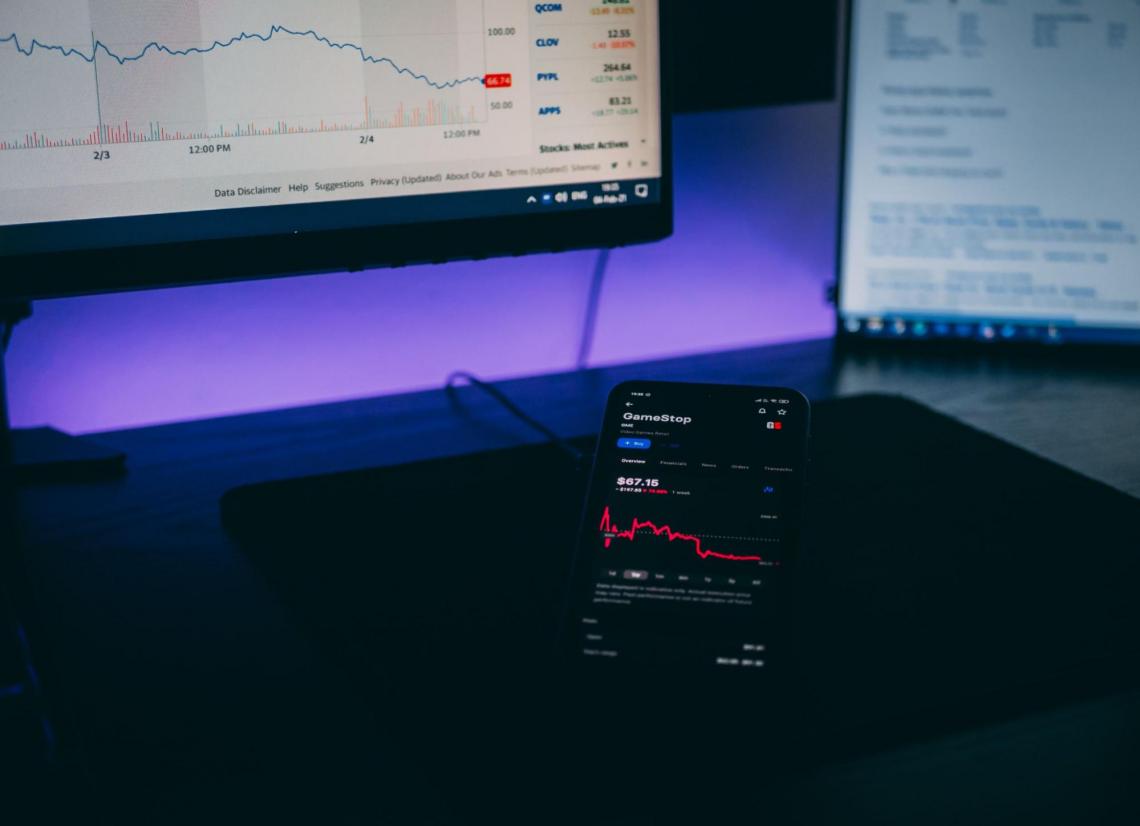Fractional Share
A full single share is divided into multiple shares.
A full single share is divided into multiple shares resulting in a fraction of a share. Fractional shares, for instance, can appear due to stock splits, dividend reinvestment schemes, or many other situations where a partial share of ownership is possible.

The stock becomes increasingly illiquid since, generally, the stock market does not issue partial shares, and even when it does, it might be challenging to sell them.
A fraction of a share is an equity share that is less than one complete share. These shares could be the outcome of the company acts like stock splits, dividend reinvestment programs (DRIPs), or similar ones.
While these shares provide value to investors, they are typically unavailable on the stock market and challenging to sell.
Several factors lead to the splitting of shares, including stock splits, mergers, and dividend reinvestment plans.
The term refers to partial shares of a company's stock. Rather than holding one or more whole shares, you own a fraction of a share.

Since brokers only permitted the purchase of whole shares in the past, investors typically only ended up with fractional shares after a stock split.
However, this is presently altering as well-known brokers enable the direct acquisition of such shares.
As a result of this change, you can now indicate the amount of money you want to invest in a particular firm rather than the number of shares you want to buy. You can even buy a portion of a share if your financial investment is not sufficient to buy a whole share.
It is possible to purchase stock in smaller quantities. If, for instance, you are interested in a stock with a share price of $100 but you only have $20, you can buy one-fifth of a share by using a broker who deals in such shares.
Various brokers have different requirements for how much of a share you must buy. However, some let you buy as little as .001 of a share if your transaction expenses come to at least $0.01.
How do these shares operate?
You are given the same treatment as an investor who purchases a whole share when you purchase a fraction of one. You enjoy the same advantages of stock ownership and realize the same percentage gains. However, you also assume the same loss risk.

In addition to allowing you to invest a fixed dollar amount every month and diversify your portfolio with a more extensive selection of stocks or ETFs, these shares provide individuals just starting with limited budget access to the market.
Through its Schwab Stock SlicesTM program, Charles Schwab, for instance, enables investors to acquire a fractional share of any stock included in the S&P 500.
You can purchase as few as one slice (one fraction of a share) or as many as 30 slices (30 fractional shares) for just $5 each. In addition, like ordinary equities, Schwab offers commission-free online trading for these shares.
Every shareholder who purchases stock shares owns a portion of the total number of shares that are now issued. For example, consider the straightforward case of a business that issues 100 shares.
You possess 1/100 of all outstanding shares if you buy one. You do not, however, have to purchase a complete share when purchasing such shares. For example, you could buy half or a fifth of a share to own—5/100 or.2/100 of all shares that are now outstanding.

Dollar-based investing is a method used to buy fractions of a share. You choose how much money, say $20; you want to put into a business and purchase the number of shares your budget will allow.
Most brokerages that deal in such shares also provide commission-free trading, which means you will not be charged any costs for buying or selling your shares.
Since you would need to make a significant return on your half share to offset trading charges, paying a fee to buy partial shares suggests the transaction is not worthwhile.
What Constitutes a Fractional Share?
There are several methods for obtaining such a share, including:
Stock Splits: A stock split by a firm may not always provide an even number, such as a 4 for two or a 6 for 2. For example, a 5-for-2 stock split would frequently occur in which every two stocks would eventually become five equities.

Investors with odd-number shares of stocks that experience stock splits are likely to obtain a fraction of a share. For instance, if Apple splits its shares at a rate of 5 for 2, an investor owning three shares would acquire 7.5 shares due to the stock split.
M&A Activity: These shares are created through mergers and acquisitions when firms combine their new joint stock by a predetermined ratio.
The phrase "mergers and acquisitions" (M&A) covers a wide range of business and asset consolidation-related financial activities, including mergers, acquisitions, consolidations, tender offers, asset purchases, and management acquisitions.
Dividend Reinvestment Plans: Companies or brokerages may provide dividend reinvestment plans to enable investors to use dividends they receive from the company to buy additional shares.

There may be times when the dividend amount available for reinvestment is insufficient and can only be used to acquire a portion of the shares. Certain brokerage companies would purposefully split whole shares to sell such shares to customers.
With expensive equities like Amazon (AMZN) or Alphabet, Google's parent firm, this share partition most frequently occurs (GOOGLE). For example, in March 2020, AMZN shares were trading at over $1,800 each, while GOOGLE shares were trading at over $1,100 each.
Individual investors frequently have no other option but to purchase fractions of shares of stock in these businesses.

As a result, dividend reinvestment schemes are developed to remove any restrictions on buying full shares. In general, buying these shares might result from reinvesting capital gain distributions.
Shareholders can occasionally exchange their fractional shares for cash in stock splits, mergers, and acquisitions. The earnings are taxed.
Others: Brokerage companies occasionally purposefully sell such shares to customers when the share is overly expensive.
For instance, many individual investors have expensive stocks of businesses like Apple or Amazon in their portfolios. They are expanding businesses with significant growth potential that continue to rock the stock market.

However, both stocks traded above $1,000 per share before their stock split. As a result, many investors choose to buy these types of shares of the companies since they lack the funds to buy a sizable number of the shares.
Brokerage companies that are ready to offer them shares can purchase those shares from them. Johnny, for instance, maintains a $1,000 cash portfolio.
He wants to invest $1,000 in Apple stock. For $500, he can find a stockbroker that would sell him half of an Apple stock, and he can use the other $500 to diversify his portfolio by buying a range of other cheaper equities.
Working of fractional shares
A stock unit with less than one total share is called a fractional share. Stock splits, bonus shares, and other similar business acts result in a breakup of shares.
Investing in well-known corporations like Amazon and Google is expensive. As of this writing, the price of a single share in these corporations is over $2,000, giving the impression that only wealthy people can afford to invest in them.

The good news is that even without having thousands of dollars, you can still invest in these expensive equities. Moreover, the option to buy such shares of equities, often known as half-share buying, is widely available on investment platforms today.
Simply put, this transaction entails acquiring a piece of a single share rather than a total share of a corporation.
These shares let you invest in well-known brands without committing to a total share but also, keeping these well-known brands for the long term can be profitable.
You can purchase exchange-traded funds (also known as EFTs) or stocks in predetermined dollar quantities, and the trading platform will determine how many full or partial shares will be required to complete the trade.
Interactive Brokers was the first online broker to provide fractional share trading in November 2019. Fidelity stated on January 29, 2020, that it would provide this type of share trading for stocks and ETFs.

For example:
Suppose you own nine shares of ABC Ltd., and the firm announces a 3-for-2 stock split, which entitles you to receive three shares for every two shares you own. As a result, for the nine shares you currently own, you are entitled to get 4.5 additional shares.
You would then have 13.5 shares total after obtaining the additional 4.5 shares.
Most businesses typically round up to the nearest number of shares. For example, ABC Ltd can round up 0.5 shares in this situation, giving you 14 shares.
When a company combines with another business, these shares might also result because the shareholders' shares do not match the share swap (or "exchange") ratio established for the merger.
For example:
Suppose you own 29 shares of the recently merged ABC Ltd., and the new business (XYZ Ltd.) makes you an offer to exchange your shares for XYZ stock at a ratio of one share for every five ABC shares you currently own (1:5).

In this instance, you can only purchase five shares of the new firm XYZ (5*5 = 25), leaving the remaining four shares of the previous company ABC (29-25). Therefore, in this scenario, you are qualified for a fractional share in XYZ worth 0.8 (4 shares / 5 = 0.8).
Buying fractional shares: What to watch out for
Although investing in a hot stock like Amazon may be exciting, investors should always keep other things in mind before purchasing such shares, such as their investing goals, time horizon, risk tolerance, and risk capacity.
Everyone can diversify an investment of $100 or $1,000 by acquiring well-known brand names and determining how much money to invest with personal goals.

An investor may purchase an unlimited number of fractional shares from various companies.
Investors should generally evaluate their portfolios based on the amount of money invested in each company or ETF rather than the total number of shares spread across many businesses.
If you own these shares and are an investor, pay attention to the quantity of capital invested in each business and the degree of diversification of those businesses.
It is not so much a matter of owning more stock in one firm than another; instead, it is a matter of having a portfolio with an excessively high ratio of investments in a single business or market segment.

You can reduce risk and diversify your holdings by buying index funds and/or exchange-traded funds (ETFs) that track larger markets, such as the S&P 500; you can buy such shares of these funds through many of the major brokerages and investing apps.
Look for an investment platform that does not charge a fee for each trade. When buying or selling partial shares, platforms' trading fees or tax ramifications may harm overall results.
- A fraction of a share is an equity share that is less than one complete share.
- Several factors lead to the splitting of shares, which includes stock splits, mergers, and dividend reinvestment plans.
- Shareholders can occasionally exchange their fractional shares for cash in stock splits, mergers, and acquisitions, with the earnings being taxed.
- The merger of two businesses might result in factional shares as the shareholders' shares do not match the share swap.
- Brokerage companies occasionally purposefully sell such shares to customers when the share is overly expensive.
- You enjoy the same advantages of stock ownership and realize the same percentage gains as an investor who purchases a whole share.




or Want to Sign up with your social account?